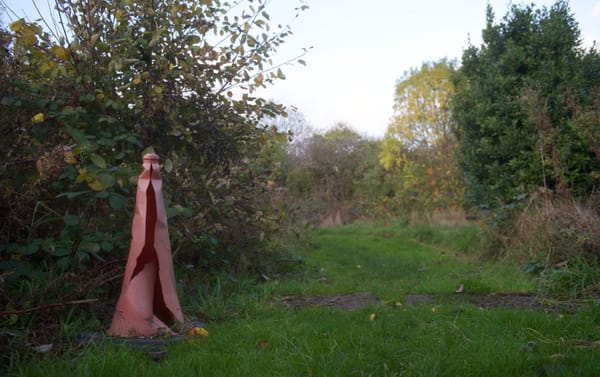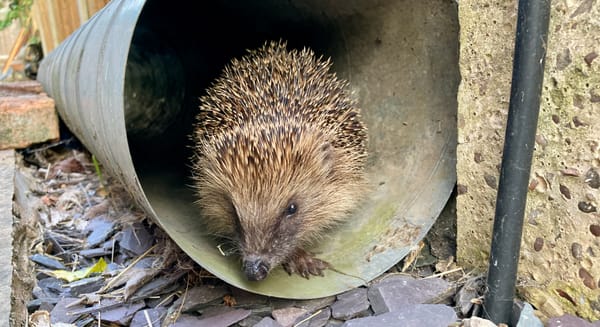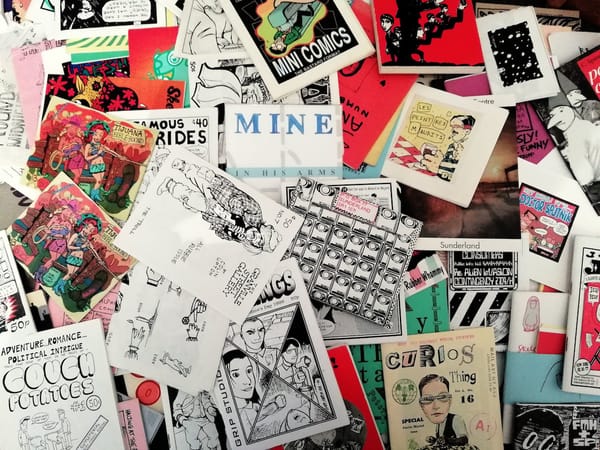The Aerobic Digest 6: A light dusting of fungal snow
In this issue: a new fugal feature film, a how-to from a Brussels kitchen garden, a vivid explanation of the soil crisis, and some beautiful mushroom watercolour paintings.

Hello compost dorks.
It’s definitely autumn. My heaps are barely scraping 60 degrees and there are leaves just everywhere, just lying around on the ground waiting to be swept up and added to compost piles across the land. (Or left where they are to mulch their parent trees, as nature intended.)
It’s also been raining a lot here in Blighty and my heap with the deliberately leaky lid is extra moist right now, creating the perfect conditions for a delightful dusting of snow-like fungus.
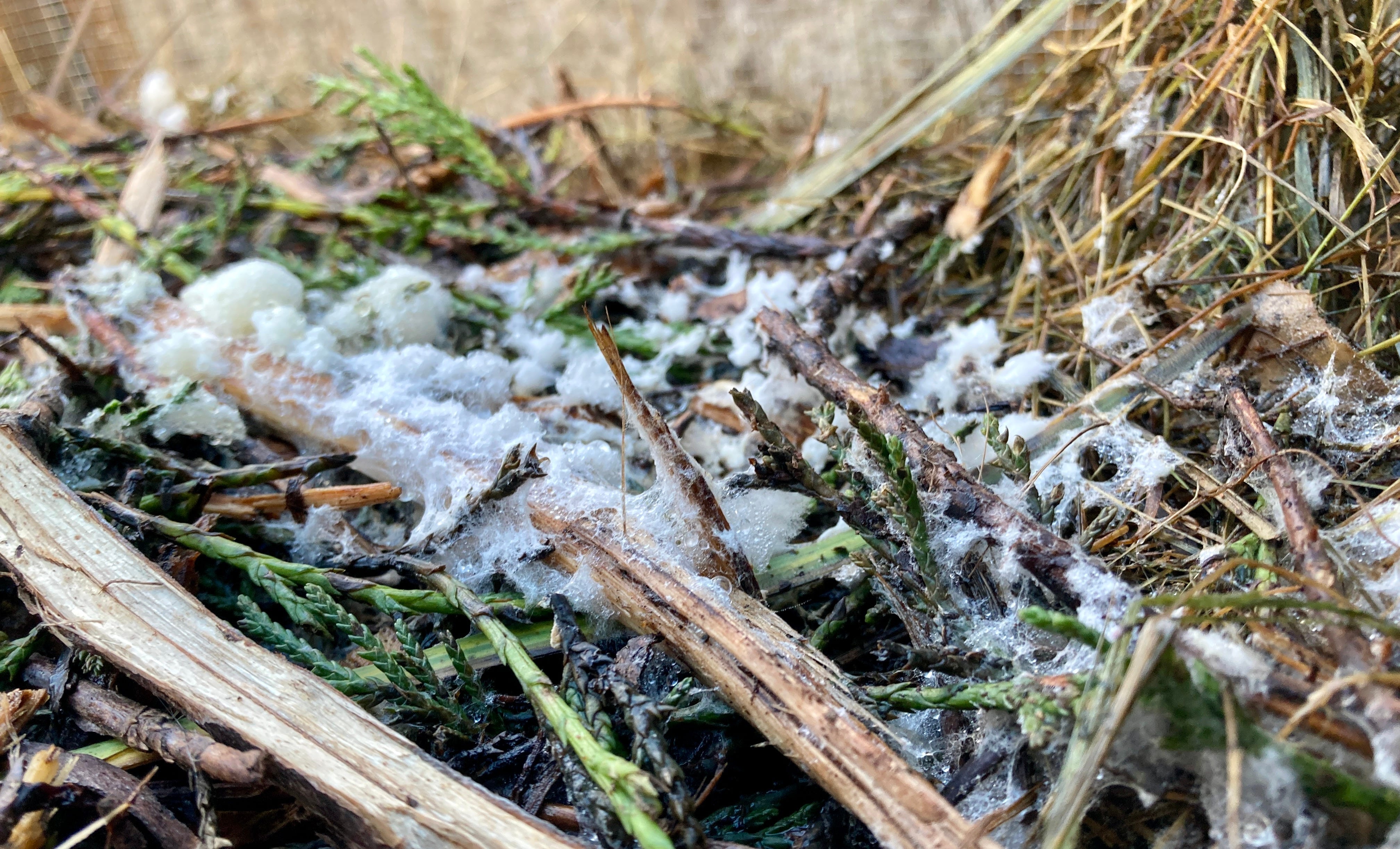
While I only started it a month ago, this particular heap is probably full now and will rest for a few weeks before I turn it. When I do I’ll be adding a load of brown (cardboard, wood chip) as it’s far too green at the moment. A surfeit of food waste and very grassy rabbit hay (cut far too early really, but this summer has been problematic for hay farmers), plus the post-harvest plants from the allotment. You can tell it’s on the verge of getting anaerobic and about to get stinky, but it’s perfectly salvageable and I have high hopes.
Food shredder search continues
After posting the screenshot of the food shredder last issue I directly asked the #compostodon tag on Mastodon and was told I might be looking for an apple scratter, used to pulp apples and release their juice. The principle is right, but I'm not sure how effective it would be with less pulpy foodstuffs. I might be able to borrow one so look out for that adventure. In the meanwhile I’m still looking for something that looks like this:
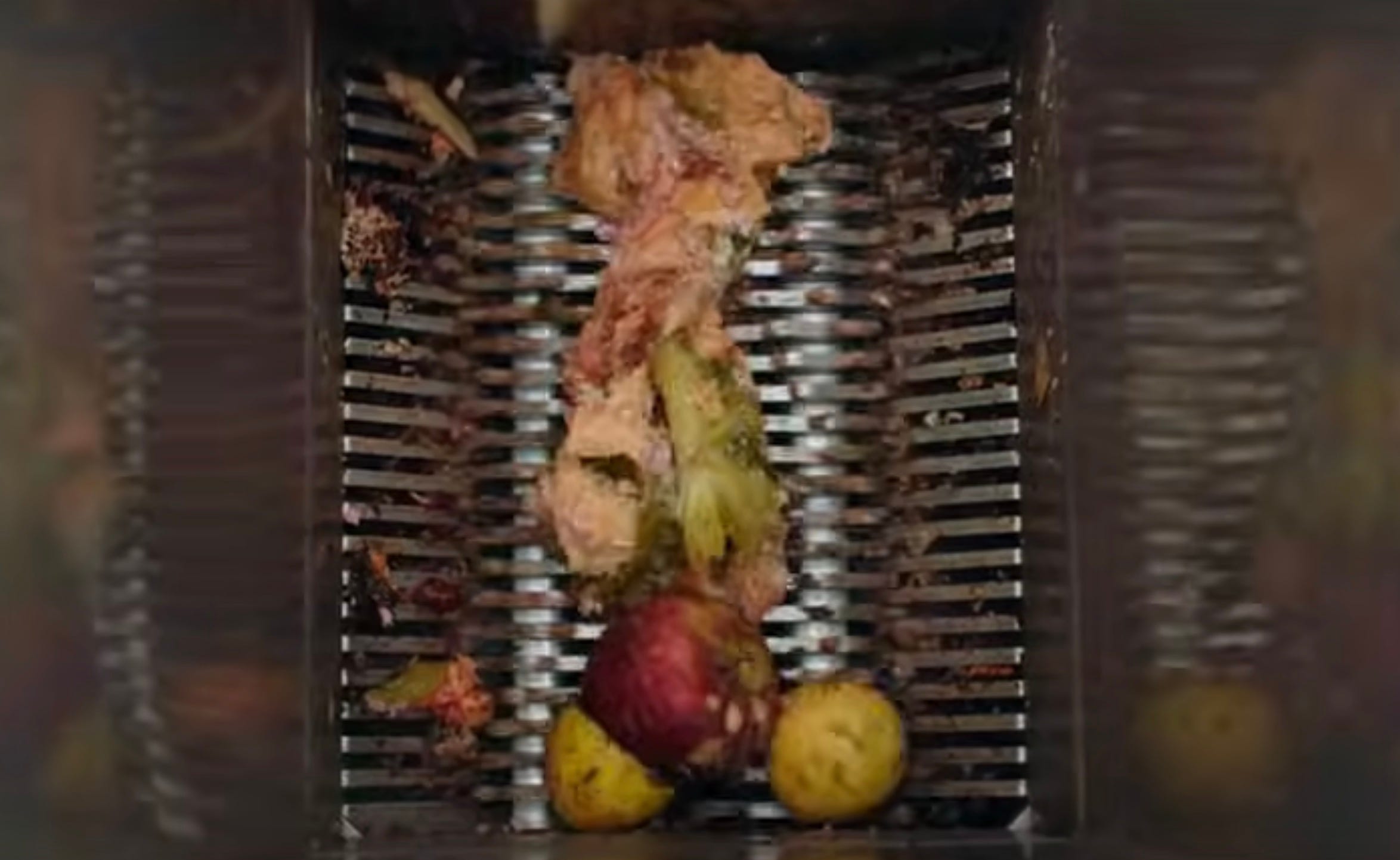
I currently use this mulcher from Forest Master which is OK but really designed for mulching long thin branches of wood. A bucket of sludgy food tends to need forcing through and has a tendency to clog the exit, meaning I have to sort food waste by hand so only the really solid stuff goes through it. This is fine at my current levels, but if I want to take more food waste it will quickly get annoying, hence the search.
New fungus feature film alert
For the last few years the go-to documentary about what we might call Nu Mycology, or the Fungal Revival, has been 2019’s Fantastic Fungi with it’s focus on the pioneering work of Paul Stamets. It’s a great film which I highly recommend. (Looks like it’s on Netflix right now).
But it seems we have a challenger! Fungi: Web of Life is out in IMAX cinemas over the next few months, narrated by Björk and presented by Merlin Sheldrake, presumably reciting the key points from his book as he searches for a rare blue mushroom in Tasmania.
We’ll have to wait and see if it lives up to the promises of the trailer, but it’s bound to give us plenty of gorgeous time-lapse photography of mushrooms blooming. If you’ve ever wondered how these are filmed, Wired did a nice interview with Louie Schwartzberg whose work appeared in Fantastic Fungi. It turns out it’s all done in a studio.
How-to guide from a Brussels Kitchen
I like reading really simple how-to guides for inspiration as explaining something in basic terms is hard, and when you see it done well it’s delightful.
This guide, from the website of a small kitchen garden in Brussels, gets right to the point, explaining in two short paragraphs the importance of soil and the role of making compost to feed it. It also has some great photos that work really well as thumbnails - no mean feat when most of your subject matter is a shade of muddy brown.

Theirs is not a medium or large-scale operation and this guide is aimed at those building one heap per year, which to be fair is most people, so I’m doubly grateful for that. Most of the compost nerds I know, self included, are always looking to scale up, yet we’re the ones people come to for advice. One to keep bookmarked.
Serving up Science on soil health
Sheril Kirshenbaum from PBS’s food channel does a fascinating experiment in this video about the relationship between soil health and the food grown in it.
At 3:24 she takes two clumps of soil from the same farm. One is from a no-dig bed which has retained its structure. The second is from a frequently ploughed field and has less structure. She pours water through these and the results are quite shocking. I was expecting the water to pass through the second clump but not to dissolve it, while the first was barely touched.
Scale this up to the farmed environment and you can see why we’re facing a soil crisis. It’s not just that the earth isn’t holding nutrients - it’s that it’s literally being washed away, and all the chemical fertiliser in the world won’t help you if there’s nothing to fertilise.
I was thinking about this as I watched my local river turn a vibrant brown after the recent storms. It doesn’t pass through much farmland anymore (Birmingham happened to those a century ago) but it’s clear what soil remains in its watershed is not holding itself together.
For more on soil health I highly recommend the book A World Without Soil by Jo Handelsman which was one of the main things to turn me on to its importance. It’s a very readable book by someone who found themselves working for the Obama administration where she discovered the emerging crisis in the nation’s soil.
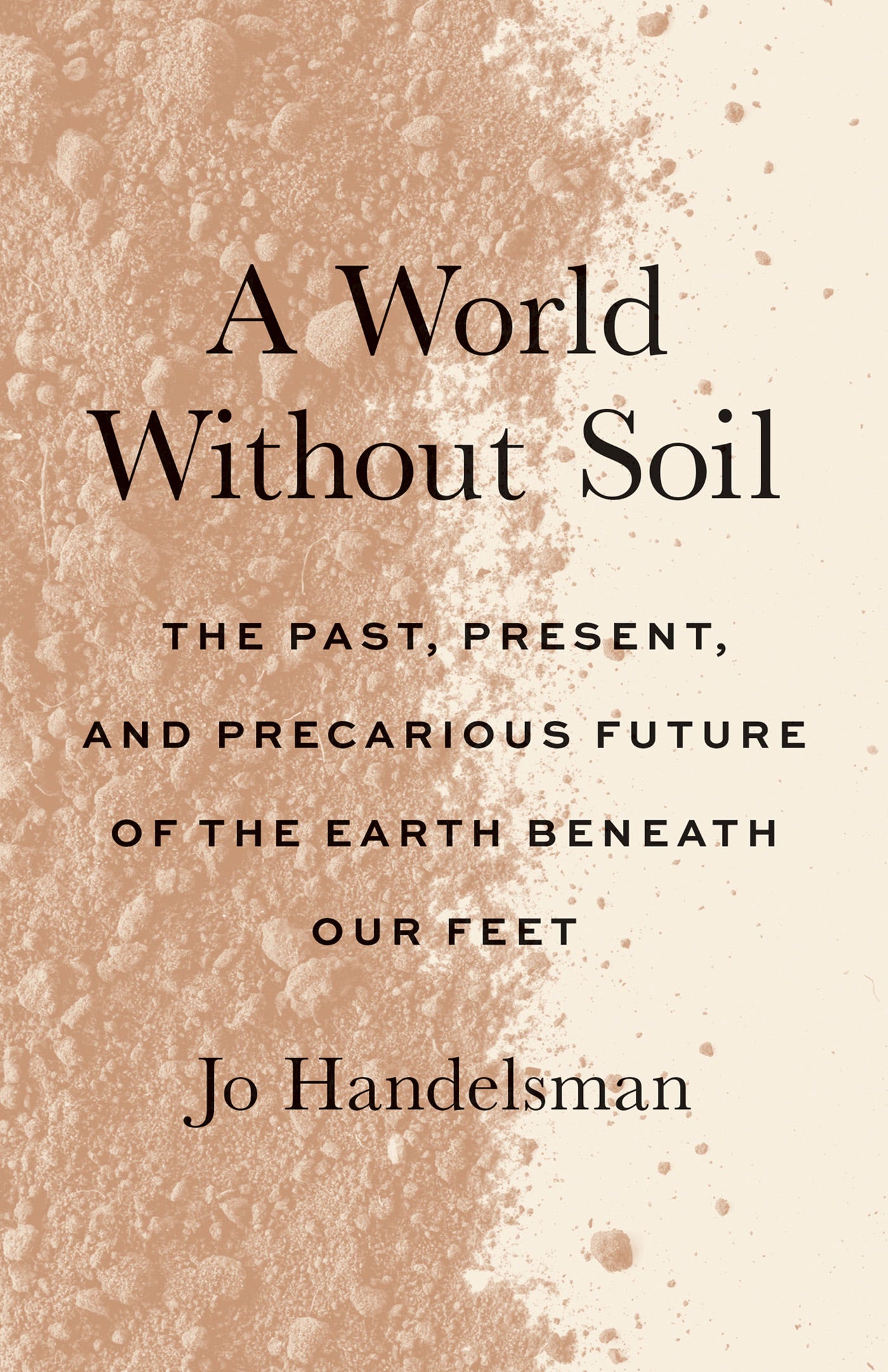
Hans Walty’s mushroom watercolours
Jason Kottke found a trove of watercolour paintings of mushrooms by amateur mycologist Hans Walty made from 1913 to 1944. You might assume he selected the best for his post, but a look at the full collection on Wikimedia shows he barely scratched the surface. These are all stunning.

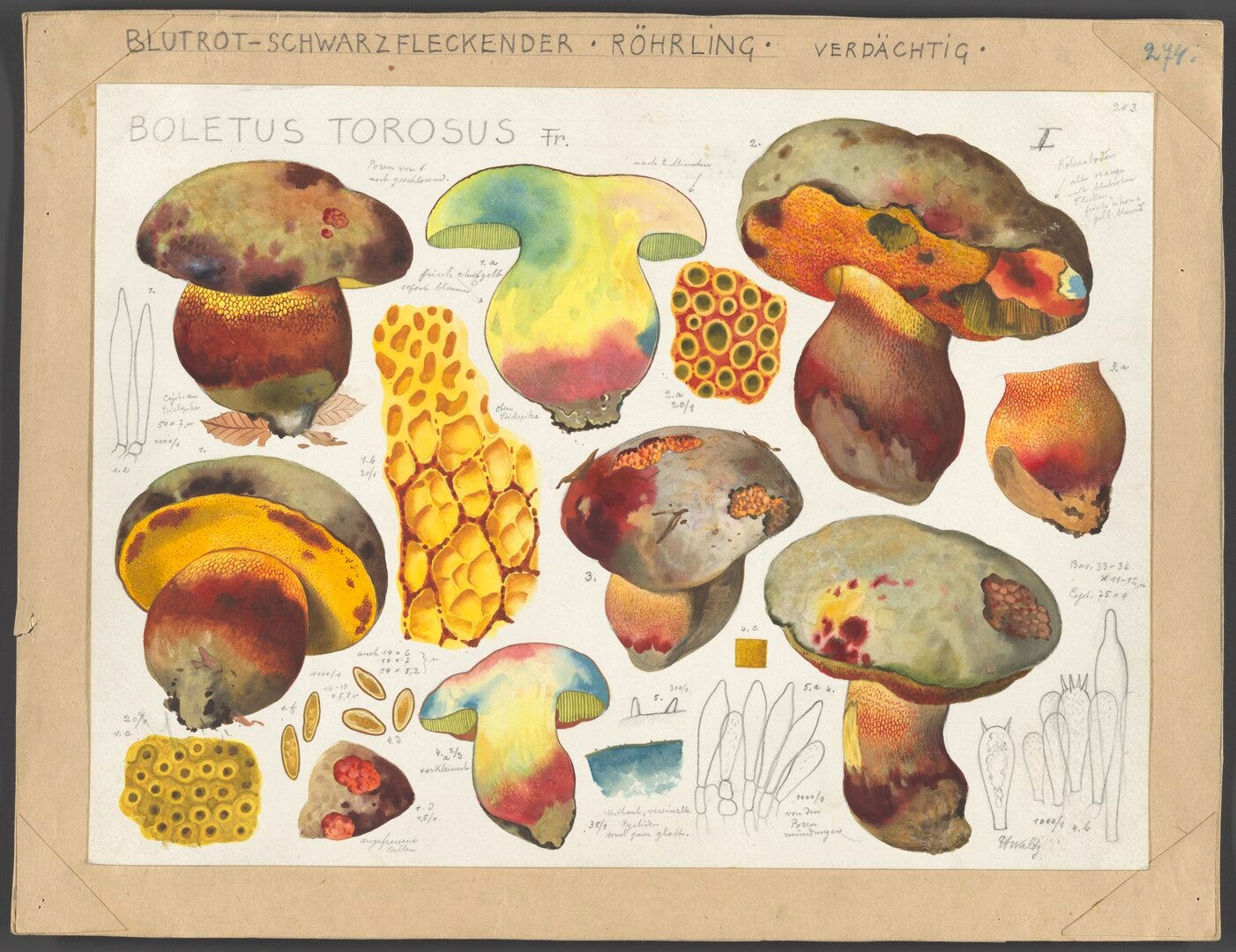
#compostodon highlights
- Bringing the worms into the living room.
- My compost brings all the robins to the heap.
- A handy thermometer scale.
That’ll do for this Aerobic Digest. Six issues and two month in and I think I’m sort of getting a feel for this thing. While feedback has been random and slight it’s been positive, which is nice, and while subscribers have settled in the mid 60s that’s still a nice number of people to visualise. I was bit worried I’d run out of things to talk about once I’d exhausted my bookmarks but it seems to be going ok? Well enough to carry on for a bit longer anyway.
I’m reluctant to say what’ll be in the next issue since I’ve spectacularly failed to talk about hugelculture and horse manure, both of which were trailed at this point of previous missives, but I am starting a build for a community composting scheme which will go up soon, so maybe I’ll document the thinking behind that. Or maybe I won’t!
Lots happening in the real world so I expect I’ll next write towards the end of the month.
Your friend in rotting vegetable matter,
Pete Ashton
